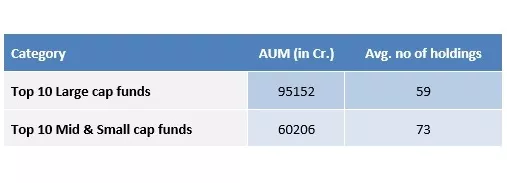Did you know you could have laid your hands on an electric car atleast 135 years ago, but you haven’t been able to do that yet!
Since its first appearance in mid 1800s, Electric vehicles (EV) have caught our fascination albeit intermittently. Impediments such as short travel range, low top speed, high battery cost and rapid development of the Internal Combustion Engine (ICE) quelled its progress.
Today there seems to be a revival in EVs, thanks to the noise created by Tesla and its Founder. Disruption evangelists such as Tony Seba have for long been predicting the demise of hydrocarbon fuelled vehicles. Propaganda theorists/environmentalists are calling for a complete ban of carbon emitting automobiles. In the past decade there has been a load of literature written with regards to the prospects of EVs, nevertheless several pertinent questions continue to remain.
We attempt to dissect the hype and understand the ground reality of EVs in India. Will it cause the so called “disruption” any time soon?
1. How feasible is it to buy an EV in India?
This would obviously be the first question for any car buyer. In the case of India, there is a huge visual gap that makes it uneconomical to own an EV. Both the purchase as well as running cost of an EV continues to remain way higher than a conventional vehicle. Further, unavailability of raw materials for the battery impedes local manufacturing capabilities increasing the cost. The whole of India has less than 1,000 charging stations compared to USA’s 47,117 making the choice even more difficult.
In our ground zero research we discovered Mahindra E20+ (which is probably the only EV you might see on the road) was double the cost of Maruti Alto LXI. Despite the low running cost of E20+ (being one-fourth of the Alto), it would still take about 3 years or 78,374 kms to break even (not considering the battery change post 3 years, adding another Rs.1.5lakhs). 95% of the EVs on the road are two wheelers. Hero Electric has been the first mover with very limited off-take of their scooters. Small size, low speed and high charging time make it an unviable option for a regular commuter.
2. Is it possible to witness more EVs than conventional vehicles on Indian roads by the next decade?
Simple answer NO.
4. What are the automobile manufacturers in India doing to improve their EV capabilities?
Indian manufacturers are way behind in building EV capabilities compared to their peers. Despite being the 5th largest globally in terms of auto sales, India doesn’t even feature in the top 20 when it comes to its EV contribution. None of the large players have invested meaningfully to promote EVs. Mahindra’s take-over of erstwhile REVA was probably the only venture into this space. Big moves will take place only if incumbents like the Tata’s and Maruti’s enter the stage in a mass scale. As of now, they are hibernating.
5. Are EVs actually an alternative to resolve the problems of pollution?
The fundamental case for an EV is pollution. However it is imperative to note that vehicular pollution only contributes to about 20% of air pollution. Industrial pollution is the primary contributor to air pollution, a large amount of which is caused by thermal power generation. India is already the 5th largest power generating country in the world. Coal powered plants contributes to over 75% of electricity production implying that other forms of power generation mainly solar, hydro and wind power are simply unable to meet the demand. Any additional capacity created to run automobiles will simply add to the already stressed out thermal plants and change the source from which these emissions occur. While the country struggles to provide steady electricity to households and industries, it is difficult to envisage demand from another segment.
Further, the recycling/disposal of batteries, mining for lithium, cobalt, manganese etc. can result in a whole new catastrophe causing another major environmental concern. Taking conventional vehicles off the roads might not be the perfect solution to control pollution. Instead there should be a holistic approach in controlling all the possible sources of pollution, as most them are inter-connected.
6. Social costs?
EV adoption in India is likely to create dependency upon other countries for batteries and other materials. 75% of the world’s lithium comes from Argentina, Chile and Bolivia popularly known as the Lithium triangle. For every 1% increase in global battery vehicle market penetration there is an increase in lithium demand by around 70,000 tonnes/ year. Cobalt prices have risen nearly 280% from their low point in February 2016 to hit an eye-popping US$82,000 per tonne as of February 15, 2018. More than 60% of its supply is from the volatile and labour exploiting Democratic Republic of Congo where political instability is prevalent. The geographic complications arising from sourcing these resources is a problem in ensuring economically priced vehicles fit for the masses. As the world continues to move towards quick adoption of EVs, it is highly questionable whether supply of these vital resources can match its demand let alone if it can be sourced ethically and responsibly.
It is estimated that the automobile and its offset industries employ nearly 20mn people. With new technology arises the need to replace and reskill this mammoth workforce. Significant amount of time and investment may be required for the same. It can also cause social issues and disruptions in family incomes which may outweigh the economic benefits in the short term till the industry re-stabilises. These concerns will need to be handled delicately and might become a major reason for the subdued rise in EVs.



